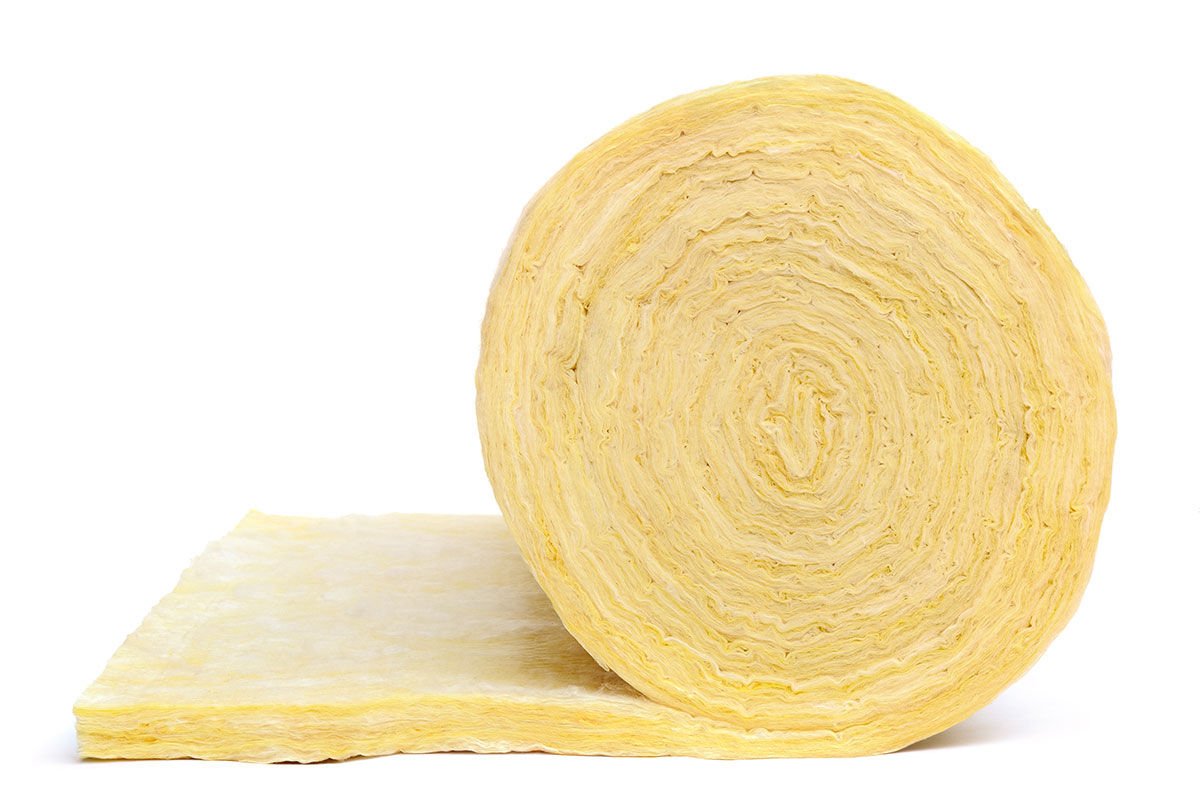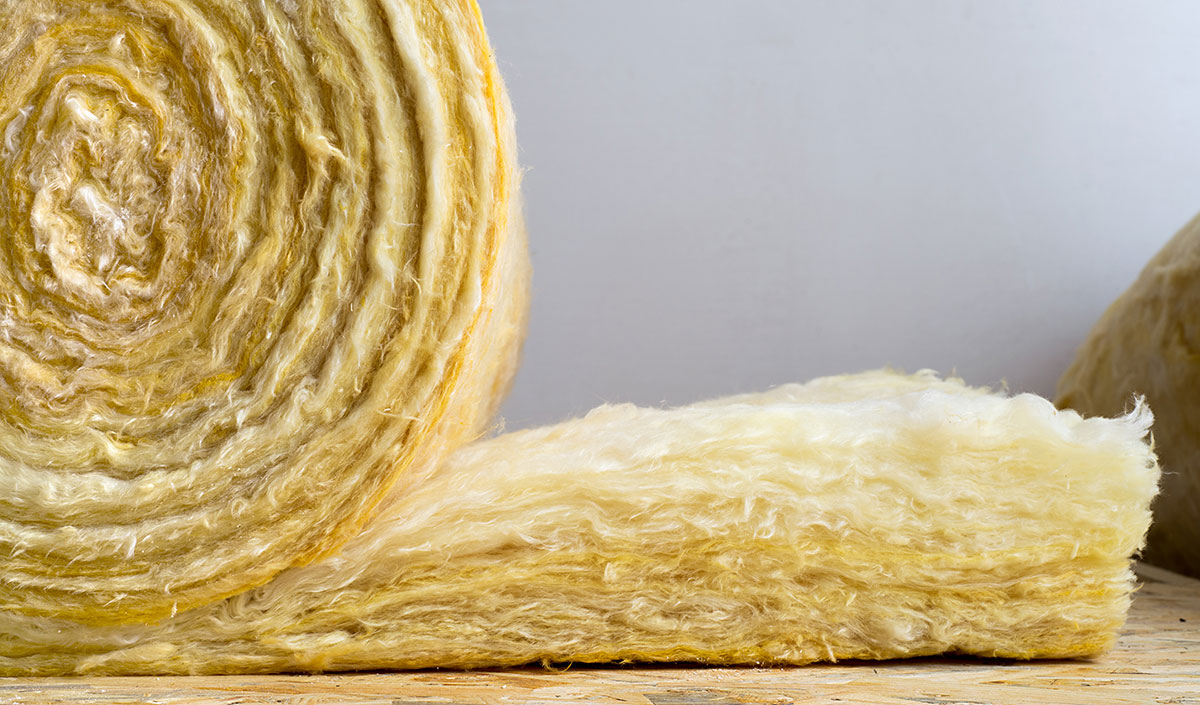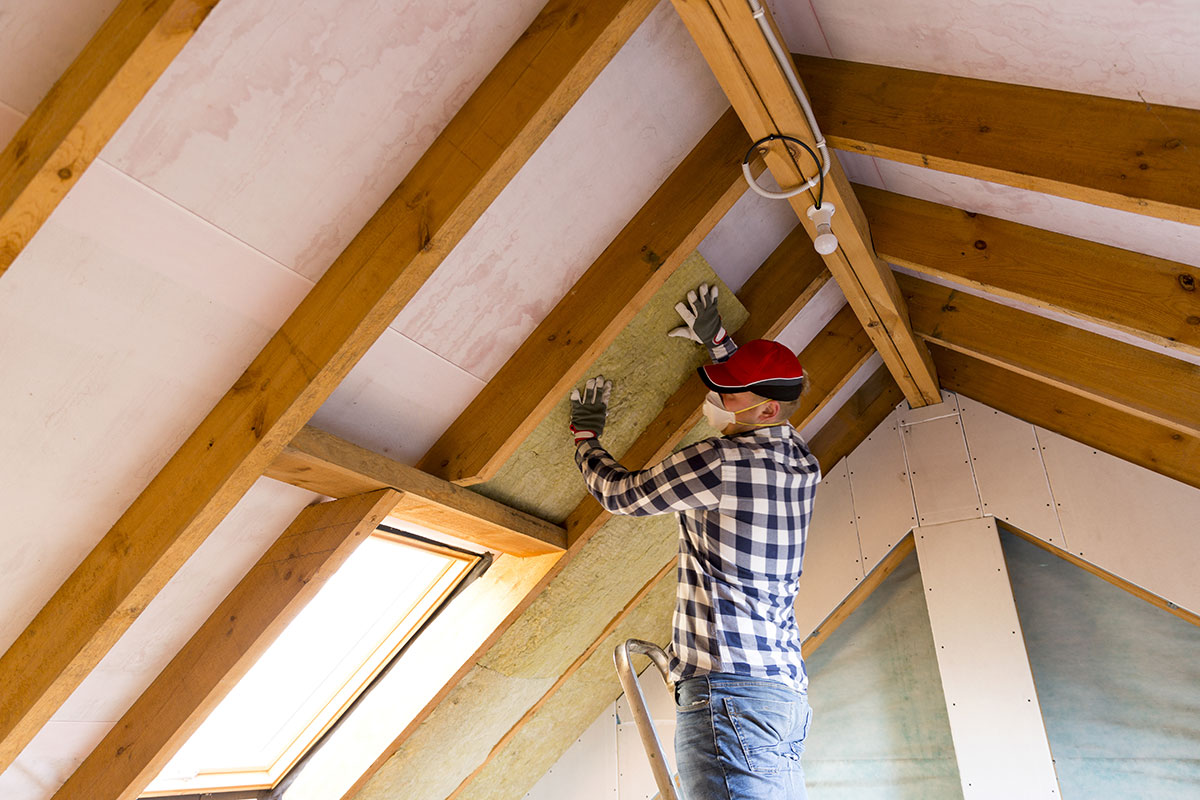Mineral Wool v Fibreglass: Which is the Better Insulation
Fibreglass and Mineral Wool Insulation are two commonly used insulation materials in Irish households, but which is the better choice for anyone considering home improvement works?
Fibreglass and Mineral Wool are often used as interchangeable terms, with products described as glass mineral wool or glass wool. The difference between older fibreglass and modern mineral wool is typically found in its density, fire resistance, and moisture resistance.
Mineral Wool is a general term used to describe products which might often have brand names such as Rockwool or Earthwool
What is Fibreglass Insulation
Fibreglass Insulation is made from molten glass which has been spun into fibres to create a material which traps air in tiny gaps between the fibres. Fibreglass Insulation was once one of the most common forms of insulation used in houses, and is likely present in some quantity if a house has an attic space.
Fibreglass is flexible, which allows it to fit around irregular shapes and fill gaps. However, its thermal performance suffers if it is compacted, as fibreglass relies on its air pockets to trap heat.
Attic Lofts
Internal Walls
Fibreglass Insulation also comes in the form of loose fill which can be stuffed or blown into small spaces and cavities to provide additional thermal protection in hard to reach areas.

What is Mineral Wool Insulation
Mineral Wool insulation is made from silicate materials. The raw materials are heated into molten slag and then spun into fibres, much like fibreglass.
However, the end product is much denser than fibreglass, making mineral wool perform better in many key areas.
Mineral wool has a better thermal performance than older fibreglass, and is less likely to produce fibres that irritate the eyes and airways.
Mineral Wool can come in rolls, batts or slabs, which can be easily cut to fit any shape and provide a tight seal in a variety of applications. The denser layer of mineral wool insulation also provides good acoustic protection.

Volcalis Easy Light Loft Roll Insulation
- Lightweight, high-performance mineral wool insulation; suitable for any lofts, floors, and walls.
- Eco Friendly product made with sustainable processes and 100% recyclable.
- A1 rated fire resistance and strong thermal performance.
- Variable thickness insulation for any loft type and homeowner needs.
- R-Values of 2.25 m²/KW (100mm thickness), 3.40 m²/KW (150mm), or 4.50 m²/KW (200mm)
- Thermal conductivity of 0.044
Which is Easier to Use: Mineral Wool or Fibreglass
Both fibreglass and mineral wool insulation are relatively easy to apply, suitable for multiple surface types and easily able to be cut to fit spaces.
Fibreglass, with its lower density and looser structure, is harder to cut but easy to lay down in rolls. Fibreglass insulation is easy to apply for loft attic insulation, where it only has to be laid down in the gaps between the joists.
The lower weight of fibreglass insulation also means there is no risk of causing damage to their ceiling with attic insulation, regardless of how thick the applied layer is.
Mineral Wool’s denser structure, especially in semi-rigid batts, also makes it far easier to use on vertical surfaces such as when insulating walls, whether being applied directly to the wall with mechanical fixings, or placed between wall batts.
Mineral Wool v Fibreglass: Performance Qualities
Both fibreglass and mineral wool are made in a similar fashion, and rolls of the two will often look the same. But how does their performance compare?
Thermal Resistance
Mineral wool carries a clear advantage here, offering higher R-values at the same thickness level as fibreglass. Fibreglass can also suffer if poorly installed as its performance suffers if compacted.
Fire Resistance
Both fibreglass and mineral wool are highly fire resistant materials, with very high melting points. However, mineral wool performs better overall at blocking flame. Rockwool in particular, has a melting point several hundred degrees higher than glass-based insulations and is completely flame resistant.
Moisture Resistance
Mineral wool has a clear advantage here, with all varieties of mineral wool excellent at repelling water. Fibreglass in contrast can absorb water, which can lead to problems with damp and mould over a prolonged period of time.
Cost of Insulation
Mineral wool insulation in all its forms will cost considerably more than fibreglass. More is needed to reach the same level of performance as mineral wool, but that may not be needed depending on the climate and property in question.
Which is the Better Insulation
Whether fibreglass or mineral wool is a better choice for a project will depend on its requirements and the cost. Mineral wool does provide an overall better performance than fibreglass in both its thermal resistance and acoustic properties.
However, this is countered by its higher cost compared to fibreglass. Fibreglass insulation is also a high-performing insulation for homes, and in climates which aren’t too cold it may be more than sufficient.
Ultimately the question of which insulation is better will vary from project to project, though mineral wool carries more advantages than fibreglass overall.

Mineral Wool v Fibreglass: Which is the Better Insulation
Published: June 9, 2024
Last updated: October 8, 2025

Written by: Briain Kelly
Reading time: 3mins
Fibreglass and Mineral Wool Insulation are two commonly used insulation materials in Irish households, but which is the better choice for anyone considering home improvement works?
Fibreglass and Mineral Wool are often used as interchangeable terms, with products described as glass mineral wool or glass wool. The difference between older fibreglass and modern mineral wool is typically found in its density, fire resistance, and moisture resistance.
Mineral Wool is a general term used to describe products which might often have brand names such as Rockwool or Earthwool
What is Fibreglass Insulation
Fibreglass Insulation is made from molten glass which has been spun into fibres to create a material which traps air in tiny gaps between the fibres. Fibreglass Insulation was once one of the most common forms of insulation used in houses, and is likely present in some quantity if a house has an attic space.
Fibreglass is flexible, which allows it to fit around irregular shapes and fill gaps. However, its thermal performance suffers if it is compacted, as fibreglass relies on its air pockets to trap heat.
Attic Lofts
Internal Walls
Fibreglass Insulation also comes in the form of loose fill which can be stuffed or blown into small spaces and cavities to provide additional thermal protection in hard to reach areas.

What is Mineral Wool Insulation
Mineral Wool insulation is made from silicate materials. The raw materials are heated into molten slag and then spun into fibres, much like fibreglass.
However, the end product is much denser than fibreglass, making mineral wool perform better in many key areas.
Mineral wool has a better thermal performance than older fibreglass, and is less likely to produce fibres that irritate the eyes and airways.
Mineral Wool can come in rolls, batts or slabs, which can be easily cut to fit any shape and provide a tight seal in a variety of applications. The denser layer of mineral wool insulation also provides good acoustic protection.

Volcalis Easy Light Loft Roll Insulation
- Lightweight, high-performance mineral wool insulation; suitable for any lofts, floors, and walls.
- Eco Friendly product made with sustainable processes and 100% recyclable.
- A1 rated fire resistance and strong thermal performance.
- Variable thickness insulation for any loft type and homeowner needs.
- R-Values of 2.25 m²/KW (100mm thickness), 3.40 m²/KW (150mm), or 4.50 m²/KW (200mm)
- Thermal conductivity of 0.044
Which is Easier to Use: Mineral Wool or Fibreglass
Both fibreglass and mineral wool insulation are relatively easy to apply, suitable for multiple surface types and easily able to be cut to fit spaces.
Fibreglass, with its lower density and looser structure, is harder to cut but easy to lay down in rolls. Fibreglass insulation is easy to apply for loft attic insulation, where it only has to be laid down in the gaps between the joists.
The lower weight of fibreglass insulation also means there is no risk of causing damage to their ceiling with attic insulation, regardless of how thick the applied layer is.
Mineral Wool’s denser structure, especially in semi-rigid batts, also makes it far easier to use on vertical surfaces such as when insulating walls, whether being applied directly to the wall with mechanical fixings, or placed between wall batts.
Mineral Wool v Fibreglass: Performance Qualities
Both fibreglass and mineral wool are made in a similar fashion, and rolls of the two will often look the same. But how does their performance compare?
Thermal Resistance
Mineral wool carries a clear advantage here, offering higher R-values at the same thickness level as fibreglass. Fibreglass can also suffer if poorly installed as its performance suffers if compacted.
Fire Resistance
Both fibreglass and mineral wool are highly fire resistant materials, with very high melting points. However, mineral wool performs better overall at blocking flame. Rockwool in particular, has a melting point several hundred degrees higher than glass-based insulations and is completely flame resistant.
Moisture Resistance
Mineral wool has a clear advantage here, with all varieties of mineral wool excellent at repelling water. Fibreglass in contrast can absorb water, which can lead to problems with damp and mould over a prolonged period of time.
Cost of Insulation
Mineral wool insulation in all its forms will cost considerably more than fibreglass. More is needed to reach the same level of performance as mineral wool, but that may not be needed depending on the climate and property in question.
Which is the Better Insulation
Whether fibreglass or mineral wool is a better choice for a project will depend on its requirements and the cost. Mineral wool does provide an overall better performance than fibreglass in both its thermal resistance and acoustic properties.
However, this is countered by its higher cost compared to fibreglass. Fibreglass insulation is also a high-performing insulation for homes, and in climates which aren’t too cold it may be more than sufficient.
Ultimately the question of which insulation is better will vary from project to project, though mineral wool carries more advantages than fibreglass overall.

Solar Energy Saves Households Thousands in Electricity Costs
Take our 2-minute questionnaire and find affordable solar options to suit your budget and lifestyle.


